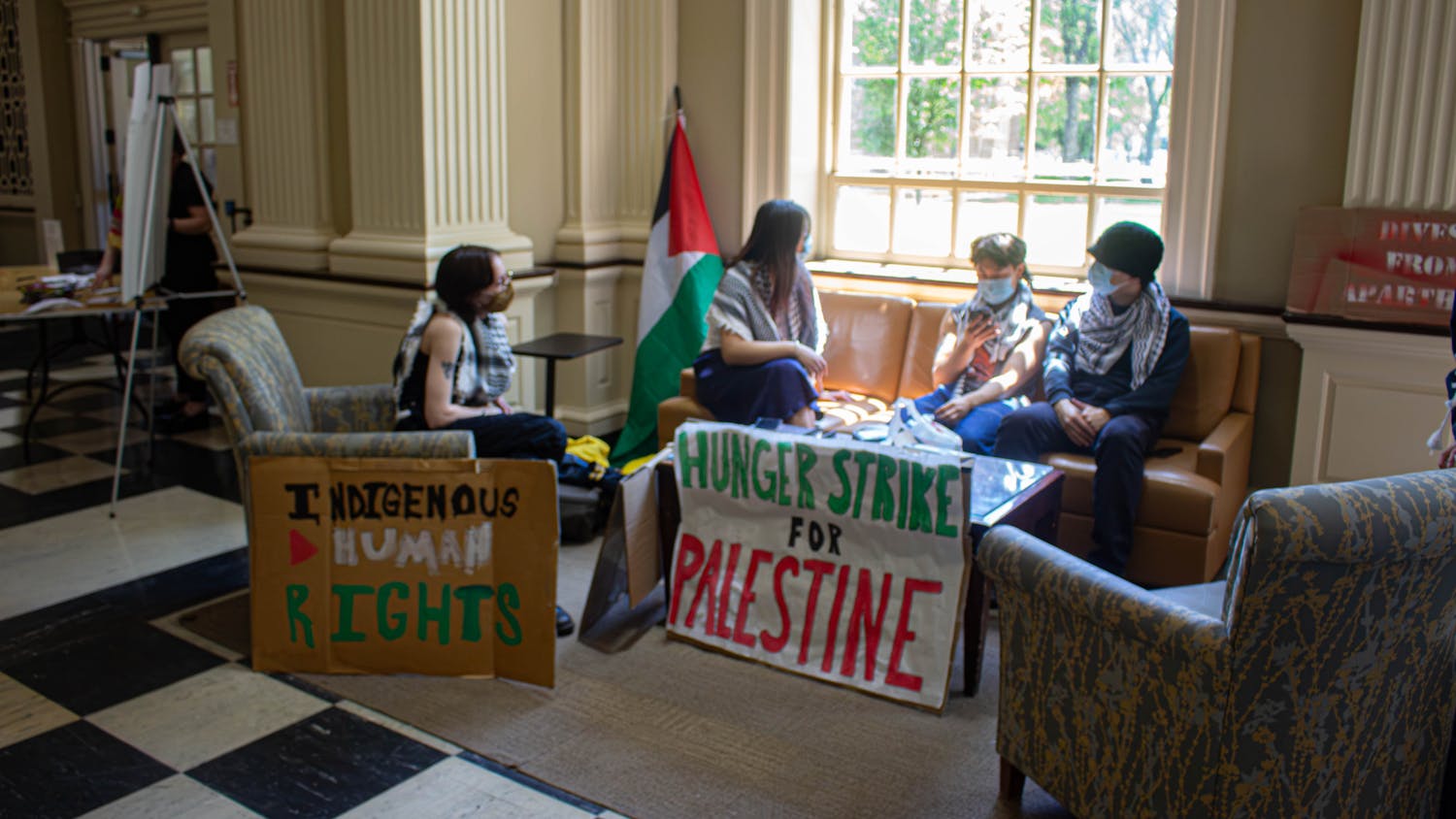The Task Force on the Library of the 21st Century released its recommendations late last term for the new Berry Library, part of a $50 million building and renovations project, which is scheduled to be constructed by the year 2000.
The new library is part of the College's north campus expansion plans and will be built adjacent to Baker Library.
The task force's recommendations stressed emerging technological advances and the College's responsibility to create integrated space for faculty, staff and students to best take advantage of the College's facilities.
Some of the technological advances which the task force cited as being integral to the future of the College include scanners, color printers and photocopiers, high-resolution monitors and microtext readers -- all of which will be available in Berry Library.
Since College President James Freedman created the task force in October 1993, its members have worked to determine what would be the best course for the future of the College's library facilities.
Freedman asked the 19-member task force, composed of administrators, faculty and students "to think creatively about Dartmouth's library of the future, considering the needs of students, faculty, and others in relation to the impact of electronic information on the library user," the report states.
The basic goals for Berry Library, as developed by the task force, include its construction in coordination with the renovation of Baker Library, so as to create two integrated and functional buildings.
In its recommendations, the task force stressedthe importance of storing printed information, which would be available to users seeking specific books and articles.
The task force also recommended expanding study spaces with access to the printed material and the technological resources. In addition, the report states, "Dartmouth needs to provide study areas for those students who find dormitory life incompatible with academic work."
Another of the task force's recommendations is the construction of a "coffee house" close to the libraries to increase accessibility and convenience for library users.
In addition, the task force recommended the construction of "a central information facility" in either Berry or Baker libraries which would serve as a "starting place for information retrieval as well as a guide to expert help."
The report recommends the external appearance and indoor decor of Berry Library should be "of a high quality in its design and materials, sharing in the spirit and complementing the style of Baker Library."
Additional goals include the development of space for user education and electronic information formats in Berry Library and the development of space to allow "the expansion and cooperation between the library staff and the computing services staff."
The architectural firms of Venturi, Scott Brown and Associates and Shepley, Bulfinch, Richardson and Abbott have drawn up an inventory of current and projected space which the task force utilized in making its recommendations.
"Everyone participated and everyone had a voice in what the final report said,"Director of Library User Services Phyllis Jaynes said.
"The task force wasn't constrained by a budget," said Joshua Hamilton, pharmacology and toxicology professor.
The College released a final copy of its north campus expansion plans on April 19, 1994, which detailed what the College will look like in 20 years. The plans included the demolition of Bradley and Gerry Halls and the construction of new mathematics and psychology buildings.



